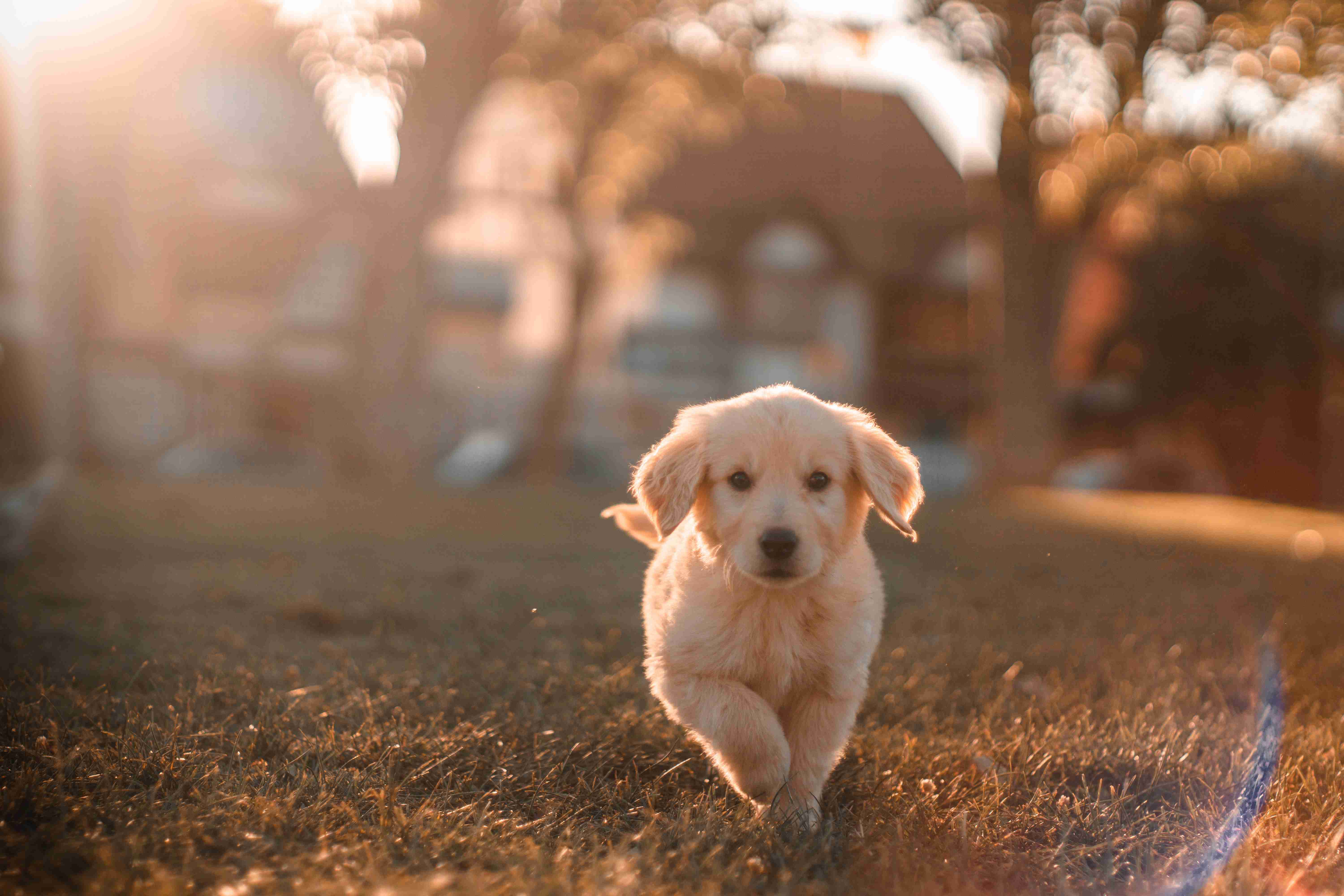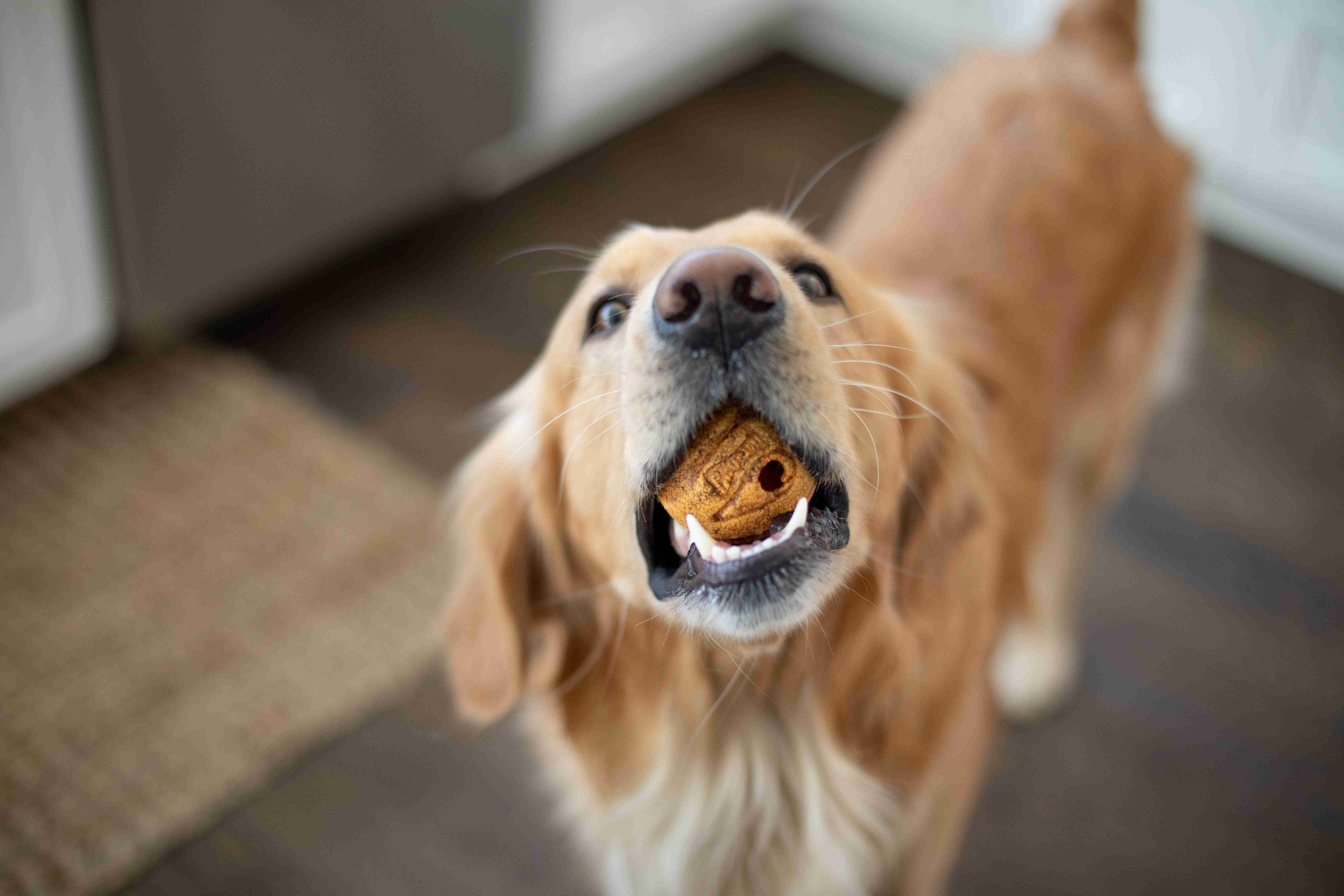Golden Retrievers are known for their friendly and gentle temperament, making them one of the most popular dog breeds in the world. However, aggression is not uncommon in Golden Retrievers, and it can be a cause of concern for many pet owners. Aggressive behavior in Golden Retrievers can range from growling and barking to biting and attacking, which can be dangerous for both the dog and those around it. In this blog post, we will discuss the signs of aggression in Golden Retrievers and how to address them. Whether you are a new pet owner or have been living with a Golden Retriever for years, it’s essential to understand the signs of aggression and know what to do to keep your pet and others safe.
Golden Retrievers are known for their friendly and gentle nature, making them one of the most beloved family pets. However, like any dog breed, Golden Retrievers can exhibit aggression under certain circumstances. As a responsible dog owner, it is crucial to understand the signs of aggression in your Golden Retriever to prevent any harm to people or other animals.
Here are some common signs of aggression in Golden Retrievers:
1. Growling or snarling: Growling or snarling is a clear indication that your Golden Retriever is feeling threatened or uncomfortable. If you notice your dog growling, it’s essential to identify the trigger and remove them from the situation.
2. Biting or snapping: Biting or snapping is the most severe form of aggression in dogs. If your Golden Retriever bites, it’s essential to seek professional help immediately.
3. Raised fur and stiff body language: If your Golden Retriever’s fur is raised, and their body is stiff, it’s a sign that they’re ready to fight. This type of aggression is common in dogs who feel territorial or threatened.
4. Lunging or charging: If your Golden Retriever lunges or charges towards someone or another animal, it’s a sign that they’re feeling aggressive. This type of behavior can be incredibly dangerous and requires immediate attention.

Once you identify the signs of aggression in your Golden Retriever, it’s essential to take action to address the issue. Here are some tips to help you manage your dog’s aggression:
1. Consult with a professional trainer or behaviorist: A professional can help you identify the trigger for your Golden Retriever’s aggression and provide you with tools and techniques to address the problem.
2. Practice positive reinforcement: Reward your Golden Retriever for good behavior, such as obeying commands and showing signs of calm and relaxation.
3. Avoid triggers: Identify the situations or stimuli that trigger your dog’s aggressive behavior and avoid them as much as possible.
4. Be patient and consistent: Addressing aggression in Golden Retrievers takes time and effort. Be patient and consistent with your training, and you’ll see positive results.
understanding the signs of aggression in your Golden Retriever is crucial for their safety and the safety of others. If you notice any signs of aggression, take immediate action to address the issue and seek professional help if necessary. With patience, consistency, and positive reinforcement, you can help your Golden Retriever overcome their aggressive behavior and become a happy and well-adjusted pet.
Golden Retrievers are known for their friendly nature and loyalty, but sometimes they may show signs of aggression that need to be addressed. It is important to understand the signs of aggression and to take action when necessary to prevent any harm to yourself or others. Remember, early intervention and positive training can go a long way in preventing aggressive behavior in your Golden Retriever. By being aware of the signs and taking the necessary steps, you can ensure that your furry friend remains a happy and safe member of your family.








